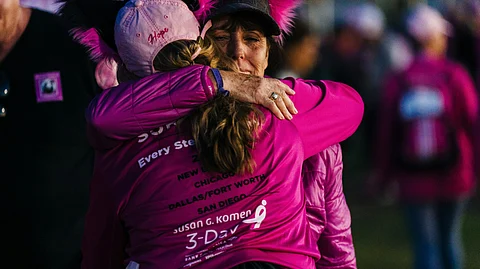Scientists at Sanford Burnham Prebys and the Mayo Clinic published findings February 3, 2025, in Structure that provide a detailed structure of human uMtCK and show how its structure changes when bound to the energy storage molecules creatine or adenosine triphosphate (ATP). To ascertain the structure of uMtCK, the scientists captured images using cryogenic electron microscopy (cryo-EM). This technology enables investigators to create 3D images of proteins and their ligands by rendering individual atoms. These blueprints may help scientists design new treatments that can stop cancer cells from seizing control of the cells’ energy supply chain to slow or stop tumor growth.
In addition to uncovering the 3D structures of uMtCK and how it interacts with other players involved in energy transport, the research team also tested the only available CK inhibitor called CKi to determine its potential to interrupt abnormal energy transport in breast cancer cells


